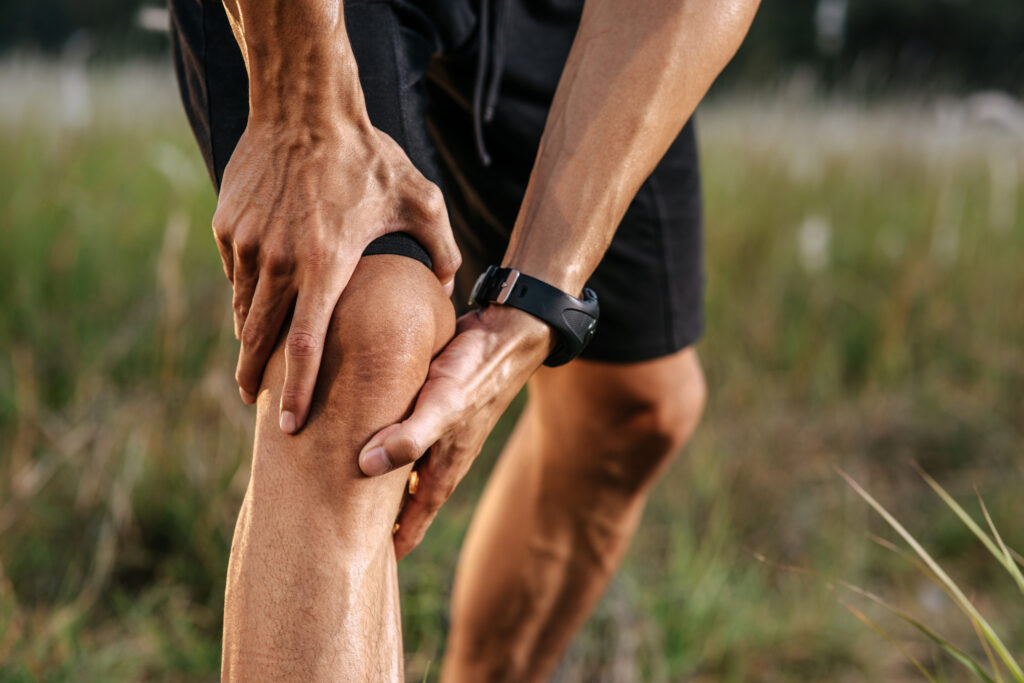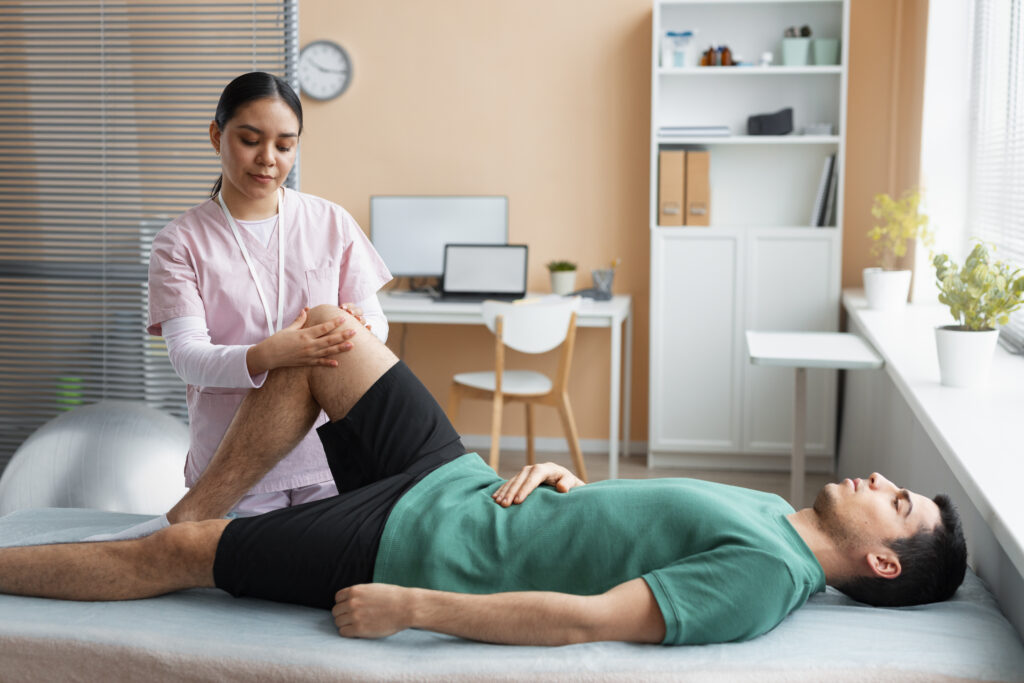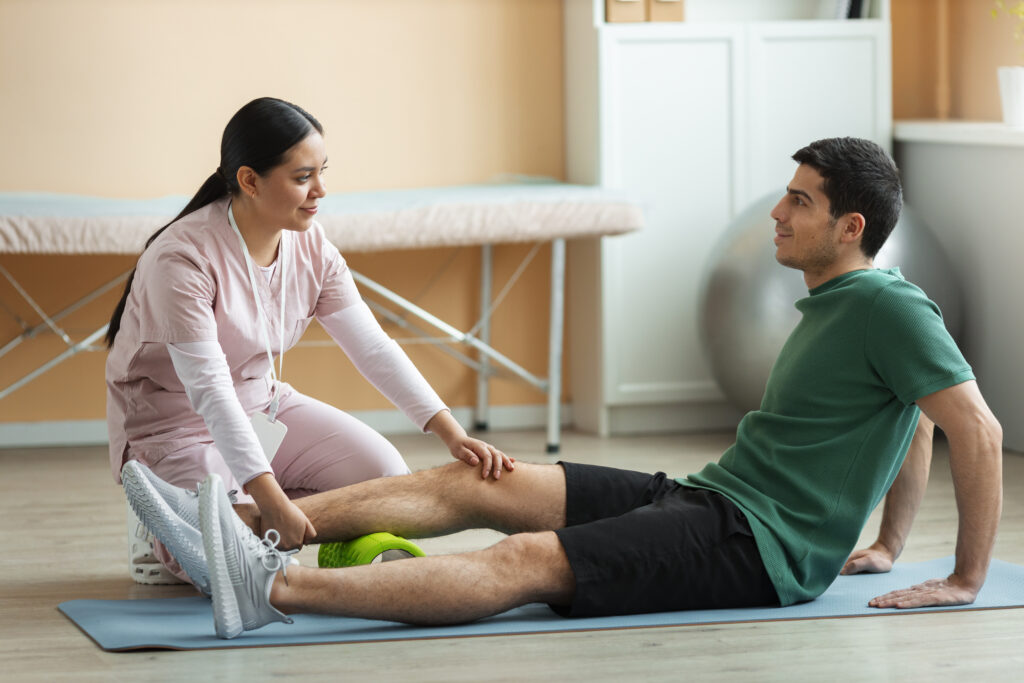Table of Contents
Knee pain is one of the most common health problems people face today – whether it is caused by age, injury, arthritis or lifestyle factors. Athleticism can affect anyone from young age to elderly people suffering from knee problems and can have a huge impact on mobility and quality of life. While modern medicine often seeks to relieve or alleviate pain, Ayurveda – the ancient Indian system of natural remedies – provides safe, material and time-saving treatments to manage and even eliminate knee pain treatment in ayurveda.
In this post, let us uncover the root causes of knee pain from Ayurvedic doctors and discover effective natural remedies, life changing and herbal remedies to support joint health and healing.
Useful post for exercise- Lower back pain exercise , Good morning Exercise & Exercise ti increase height.
Understanding Knee Pain in Ayurveda

Ayurveda believes that pain in one’s pelvic organs is the result of imbalance in the blood, bile and urine. Gout pain mainly seems to worsen, especially when it involves pain in dry, drafty, cold and cold weather.
However, if pain and swelling are present, it could be a sign of pitta imbalance, and in cases of sudden swelling and fluid flow in the joints, Kapha dosha may be involved. Understanding what disease is causing the problem helps Ayurvedic medicine determine the best course of knee pain treatment in ayurveda.
Ayurveda does not just apply remedies – the objective is to treat the root cause of the condition and bring the shared energy back into balance.
Common Causes of Knee Pain According to Ayurveda

Ayurveda identifies several causes of knee pain, including:
• Ama accumulation (disappeared from raw water)
• Age related development (arthritis or osteoarthritis)
• Injury or trauma (injury to muscles, bones or ligaments)
• Obesity or sedentary lifestyle
• Improper drinking and drinking water
• Genetic predisposition or chronic illnesses like rheumatoid arthritis
To identify the source, to liberate the foreign part of Ayurvedic treatment, to improve the transmission, to restore smoothness in joints and to promote natural knee pain treatment in ayurveda.
Panchakarma: Detox and Rejuvenation Therapy

One of the main treatments in Ayurveda for chronic knee pain is Panchakarma – a five-step Vishayaran process that eliminates the stubborn deposits in the deep roots and rejuvenates the bones.
The main five home remedies for knee pain include:
- Abhyanga (herbal oil massage): Nourishes the joints and balances the body.
- Swedana (herbal steam therapy): Reduces constipation and improves digestion.
- Basti (medicated enema): Specially effective for vata related tumors, it exfoliates and stimulates the colon.
- Pizhichil (oil pouring treatment): Hot applied oil is applied on the affected joint to reduce pain and improve movement.
- Navarakizhi (rice bundle massage): Helps in stimulating the muscles and giving relief from swelling.
This knee pain treatment in ayurveda should always be done in consultation with a reputable Ayurvedic practitioner.
Ayurvedic Herbal Remedies for Knee Pain
Cornerstone is a Ayurvedic remedy. Here are some powerful Ayurvedic herbs which are known for their healing and pain-relieving properties include knee pain treatment in ayurveda:
1. Ashwagandha (Withania somnifera)
A powerful adaptogen that reduces stress-related inflammation, strengthens muscles, and soothes painful joints.
2. Shallaki (Boswellia serrata)
A excellent herb was created for the management of arthritis. It improves blood circulation in the joint area and reduces swelling and itching.
3. Guggulu (Commiphora mukul)
Special remedies are used in the treatment of osteoarthritis and rheumatoid arthritis. This detoxifies the heart and acts as a natural anti-inflammatory.
4. Turmeric (Curcuma longa)
The active compounds of curcumin are powerful heat-inducing guns in the earth. It helps in reducing joint pain and stiffness.
5. Nirgundi (Vitex negundo)
Ayurvedic treatments often used to provide relief from joint pain, swelling and muscle cramps.
6. Methi (Fenugreek)
In the form of powder, soaking the seeds or taking them in the form of tea, fenugreek warms the heart and improves the elasticity of joints.
These herbs can be consumed in the form of powder, decoctions, capsules, or can be applied on the head in the form of aromatic oil.
Ayurvedic Oils for External Application
Regular application of medicated oils provides instant relief from pain and itching. Some of the basic practices in knee pain treatment in Ayurveda include:
- Mahanarayan Tailam: Strengthens bones and calms inflammation.
- Dhanwantharam Tailam: Excellent for healing after injury and for muscle pain.
- Karpooradi Oil: It contains camphor and it helps in reducing pain and swelling.
- Sahacharadi Oil: Will be used in a special way in the cases of joint degeneration.
Before applying affected on knees, heat the oil a little and massage gently in the circular motion. For best results, cover yourself with warm clothes later in the day.
Diet and Nutrition for Joint Health
Diet plays a major role in Ayurvedic treatment. The goals are to reduce inflammation, detoxify the liver and balance the tone. What advice does Ayurveda give here also include in knee pain treatment in ayurveda:
To include healthy food items:
- Warm, cooked foods with healthy fats (like ghee and sesame oil)
- Anti-inflammatory spices like turmeric, ginger, black pepper
- Whole grains like barley, quinoa, and brown rice
- Fresh vegetables such as leafy greens, carrots, beets, and squash
- Herbal teas with ginger, cinnamon, or fenugreek
- Calcium and magnesium-rich foods like almonds, sesame seeds, and leafy greens
Food items that can be avoided:
- Cold, raw, or leftover foods
- Deep-fried and processed snacks
- Red meat and heavy dairy
- Refined sugars and white flour
- Excess salt and sour foods
For most cases of knee pain, a stomach-soothing diet is often recommended, focusing primarily on warm, moist and healthy foods.
Simple Ayurvedic Lifestyle Practices

Ayurveda focuses on daily routine and lifestyle for long term treatment. Here are some tips for knee pain treatment in ayurveda:
• Practice yoga daily focusing joint friendly pose like Tadasan, irabhadrasana and Bhujangasana.
• Avoid sitting or eating for long periods of time. Take short breaks to undress and stretch.
• Use warm water for bathing and avoid coming in contact with water.
• Apply oil on your joints every day before bathing to improve the circulation and retention of water.
• Stay hydrated and drink warm drinks throughout the day to flush out waste products.
• Take adequate sleep and avoid sleeping till late at night – rest is important for cellular repair.
By making small changes to your daily routine, you can make significant improvements in your joint strength and reduce inflammation naturally both knee pain treatment in ayurveda.
Yoga and Exercise for Knee pain Treatment in Ayurveda
Relaxation is important during chronic pain, but light movement is important for long-term improvement and mobility. Yoga, in particular, strengthens the muscles around the waist, improves blood flow and promotes fat loss.
Some of the benefits are easily included in:
• Vrkshasana (Tree Pose): Improves balance and strengthens the muscles of the pair.
• Setu Bandhasana (Bridge Pose): Builds the strength of the core and the pair without putting pressure on the knees.
• Uttanasana (Foravard hold): Provides relaxation in the lower share.
These simple steps should always be done under the guidance of a qualified practitioner, especially if you have a serious joint problem knee pain treatment in ayurveda.
When to Seek Professional Help
While knee pain treatment in Ayurveda provides powerful natural remedies, chronic or serious knee pain should always be evaluated by a qualified health practitioner. If the pain is caused by torn ligaments, severe osteoarthritis, or autoimmune disorders such as rheumatoid arthritis, a combination of ayurvedic and spiritual principles may be necessary.
Ayurveda is a supplement to natural remedies, and some people benefit from a single treatment by combining natural remedies with modern medicine.
Final Thoughts: A Natural Path to Pain-Free Living
The pain of obesity does not make life a burden. With the knowledge of Ayurveda, you can take a holistic, holistic and individual approach to heal your joints. From the traditional panchakarma treatment to herbal remedies, herbal remedies and herbal remedies – Ayurveda provides treatment to the poor and empowers you to regain strength, resilience and comfort in your natural form knee pain treatment in ayurveda.
Remember, there is continuous important. Ayurvedic treatments are slow but effective. By incorporating these principles into your daily life, you can experience lasting relief and improved mobility without the hassles of chemical treatments.
Q1. What is the best Ayurvedic treatment for knee pain?
Panchakarma therapy, herbal oils like Mahanarayan Tailam, and herbs such as Ashwagandha and Shallaki are effective Ayurvedic treatments for knee pain.
Q2. Which Ayurvedic oil is good for knee pain relief?
Mahanarayan oil, Dhanwantharam oil, and Karpooradi oil are commonly used in Ayurveda for relieving knee joint pain and improving mobility.
Q3. Can Ayurveda cure chronic knee pain naturally?
Yes, Ayurveda offers long-term relief by balancing doshas, detoxifying the body, and using herbal remedies and therapies like Abhyanga and Basti.
Q4. What causes knee pain according to Ayurveda?
Ayurveda attributes knee pain mainly to Vata imbalance, poor digestion (ama buildup), age-related degeneration, or injury.
Q5. What foods should I avoid for knee pain in Ayurveda?
Avoid cold, processed, deep-fried, and sour foods. Instead, favor warm, nourishing meals with anti-inflammatory spices and ghee.
Q6. Is yoga recommended for knee pain in Ayurveda?
Yes, gentle yoga postures like Tadasana and Setu Bandhasana help strengthen muscles around the knees and improve flexibility without strain.